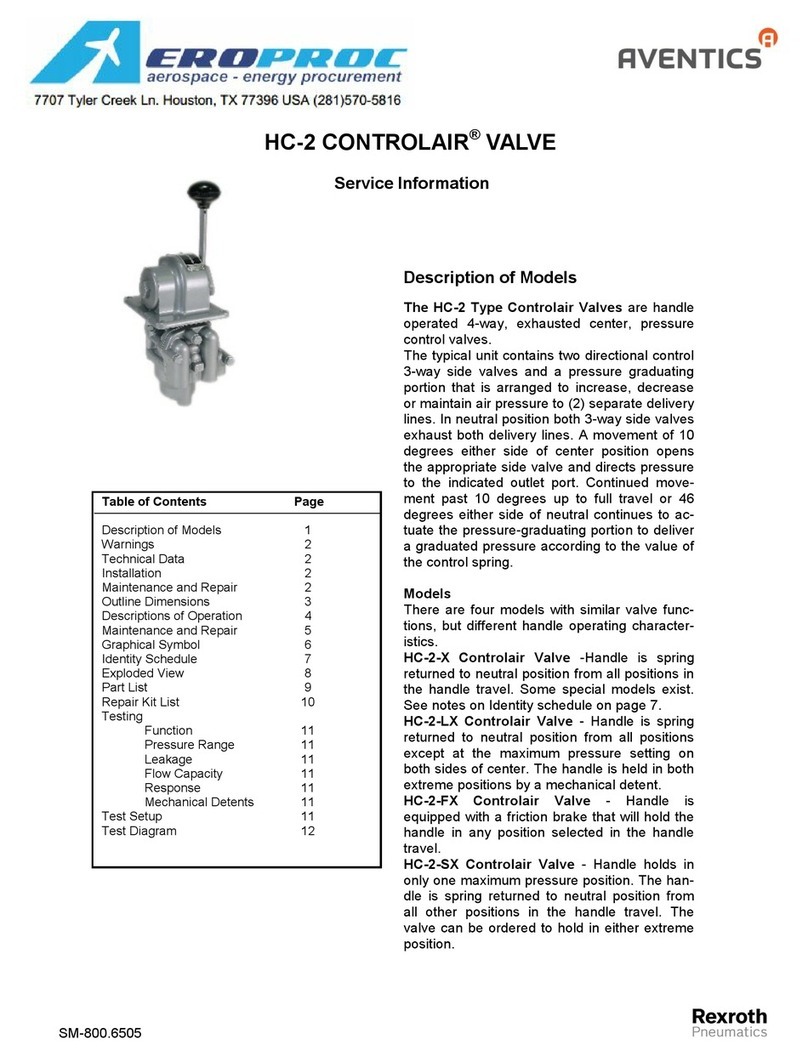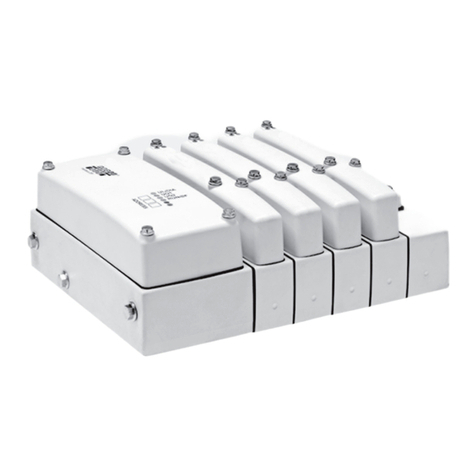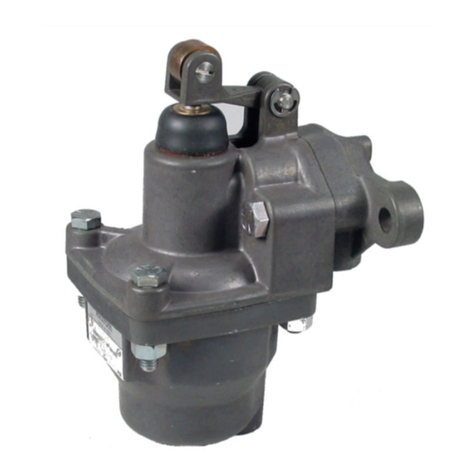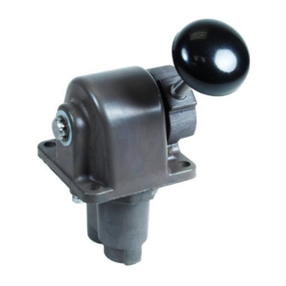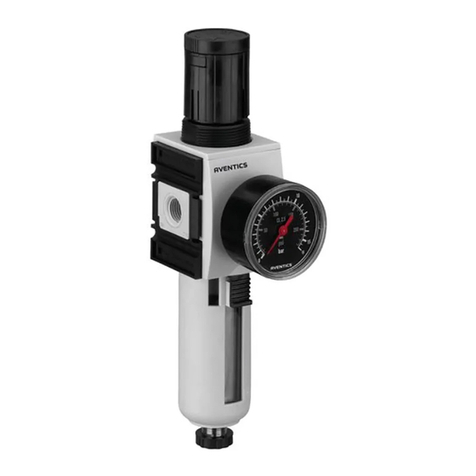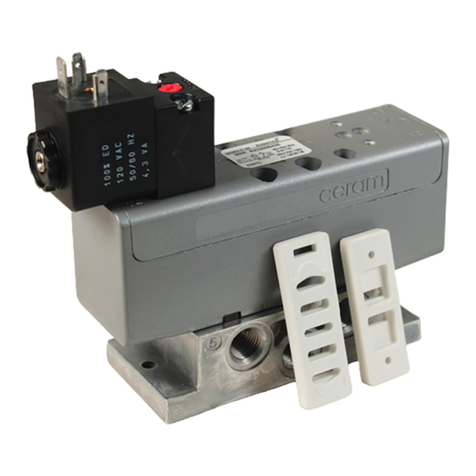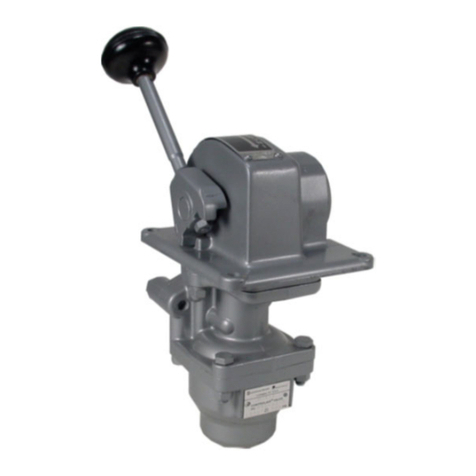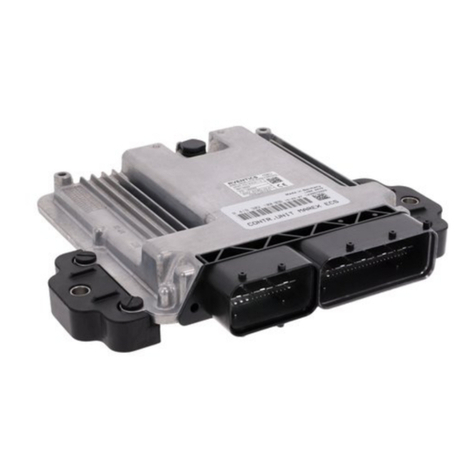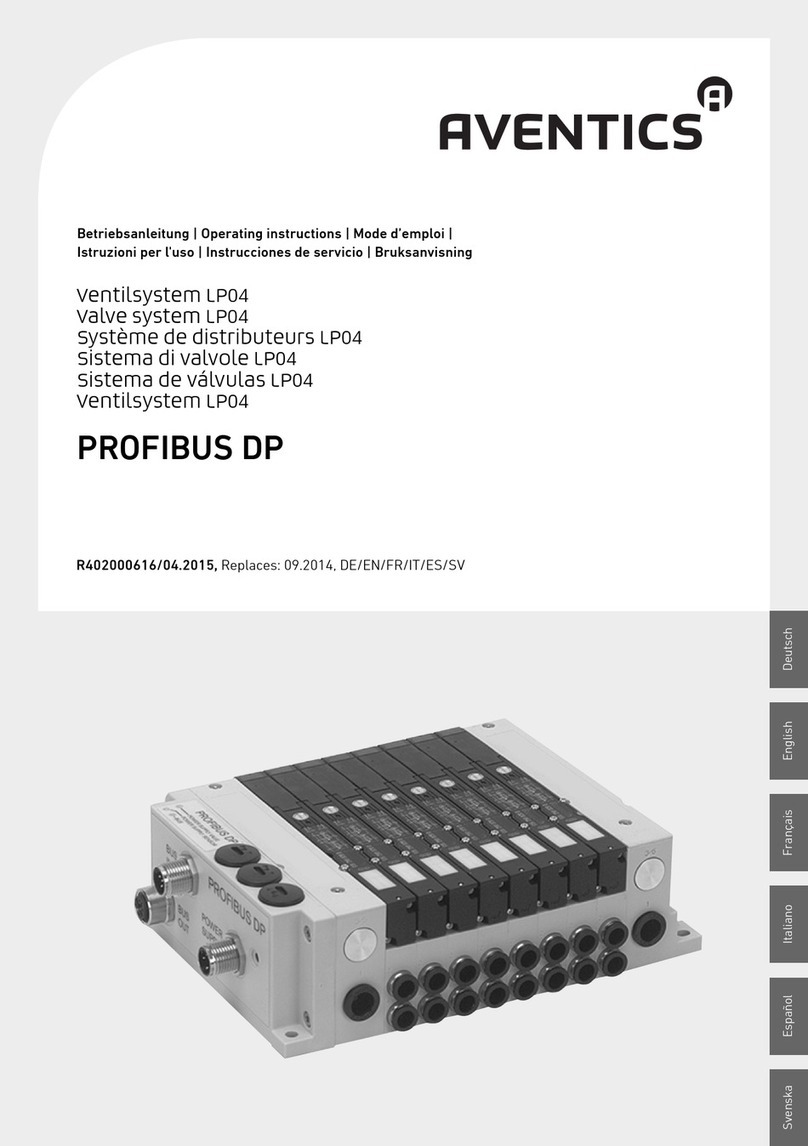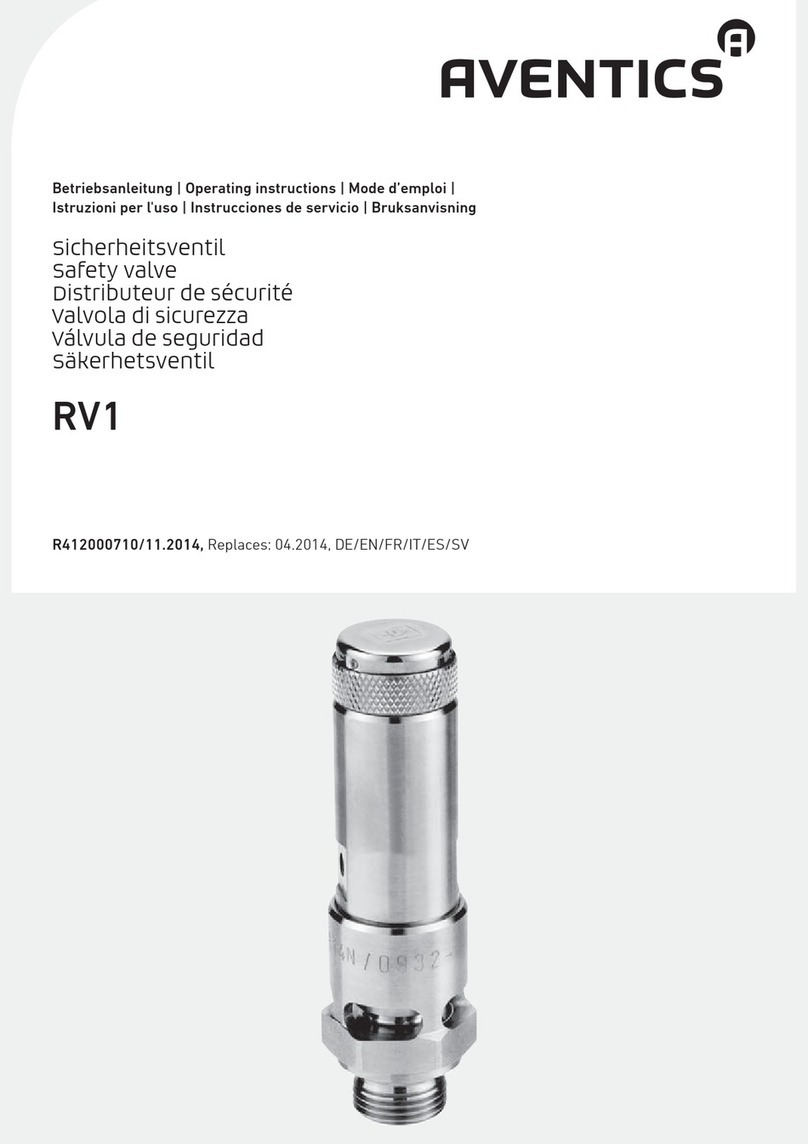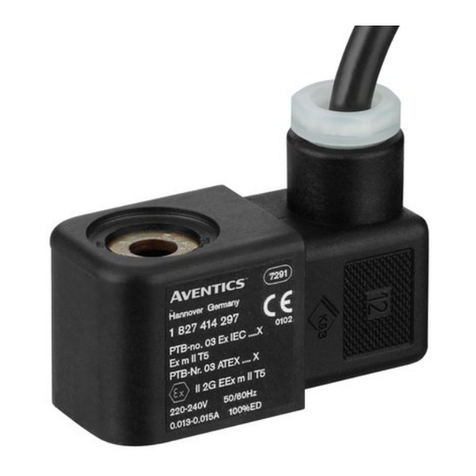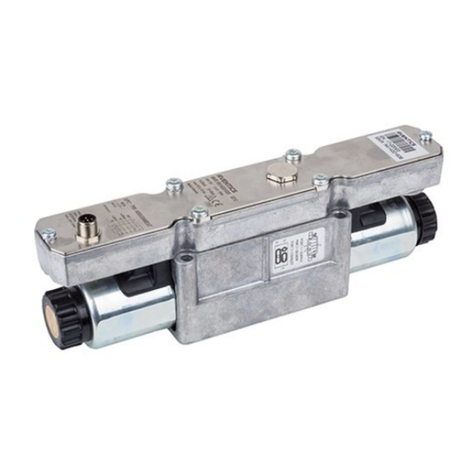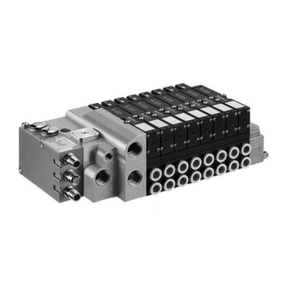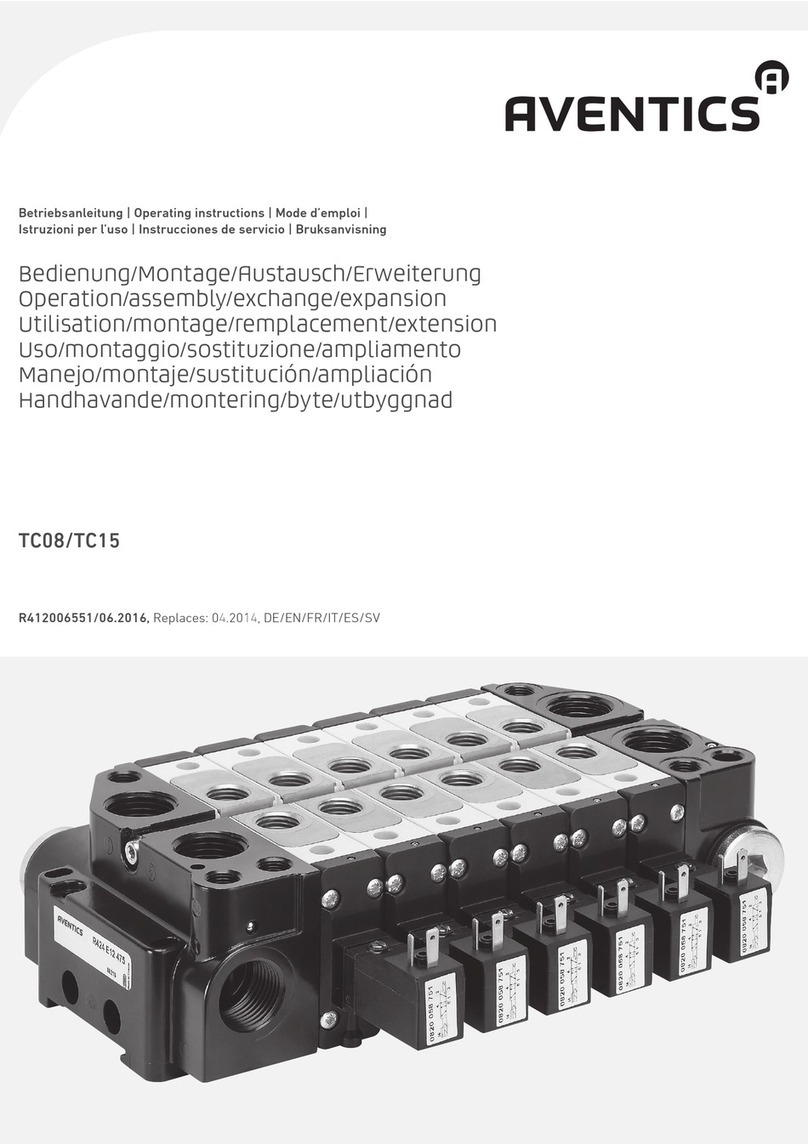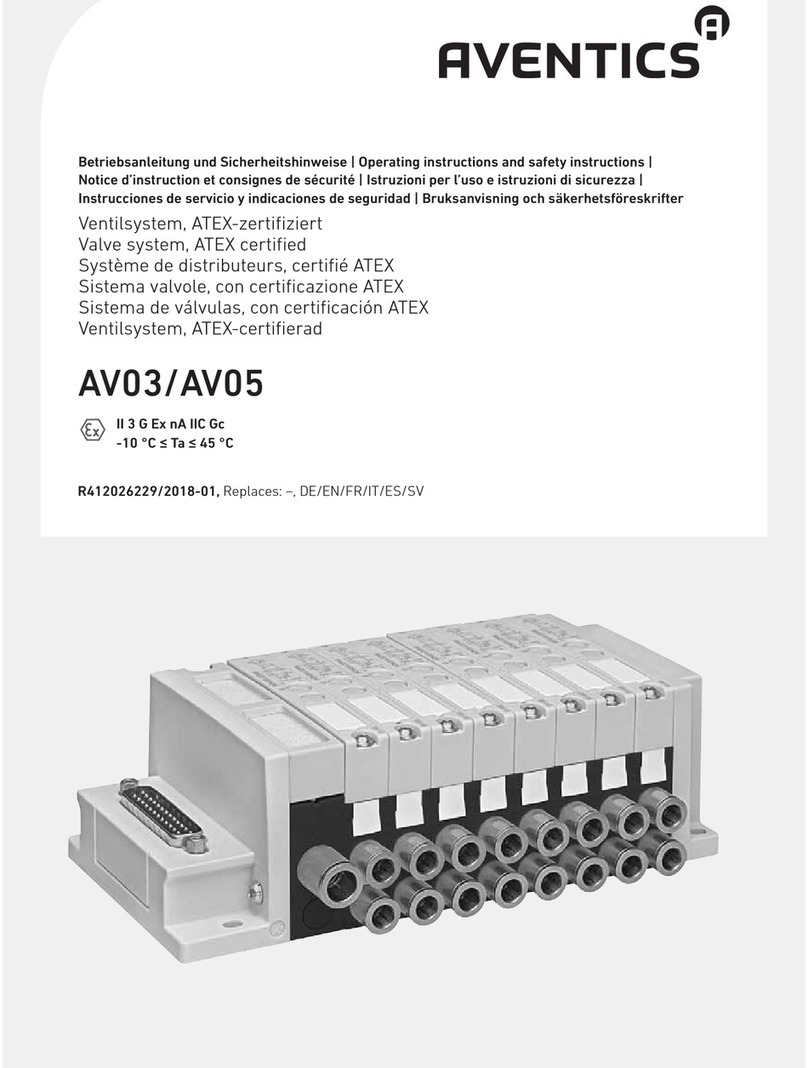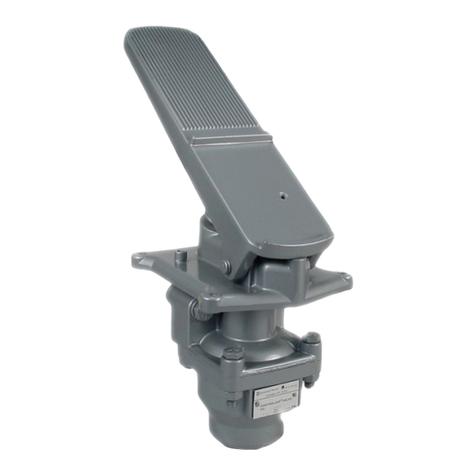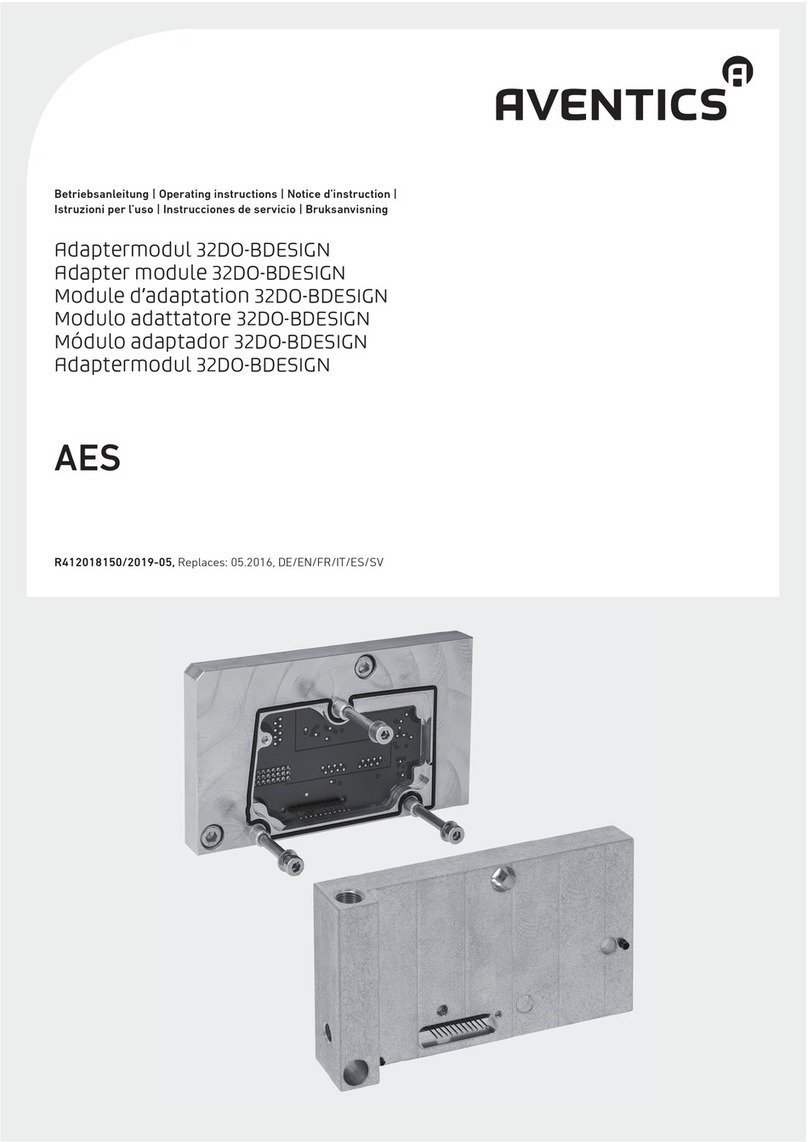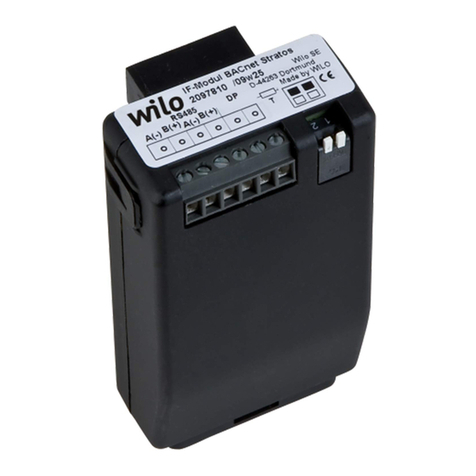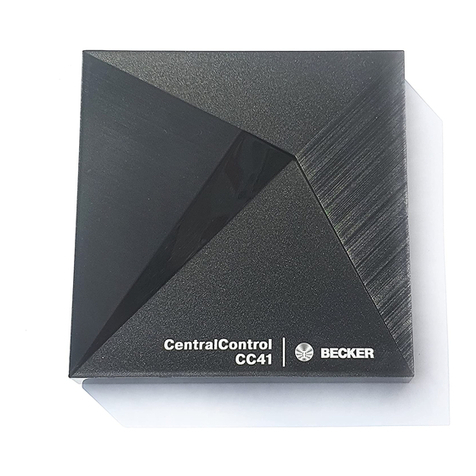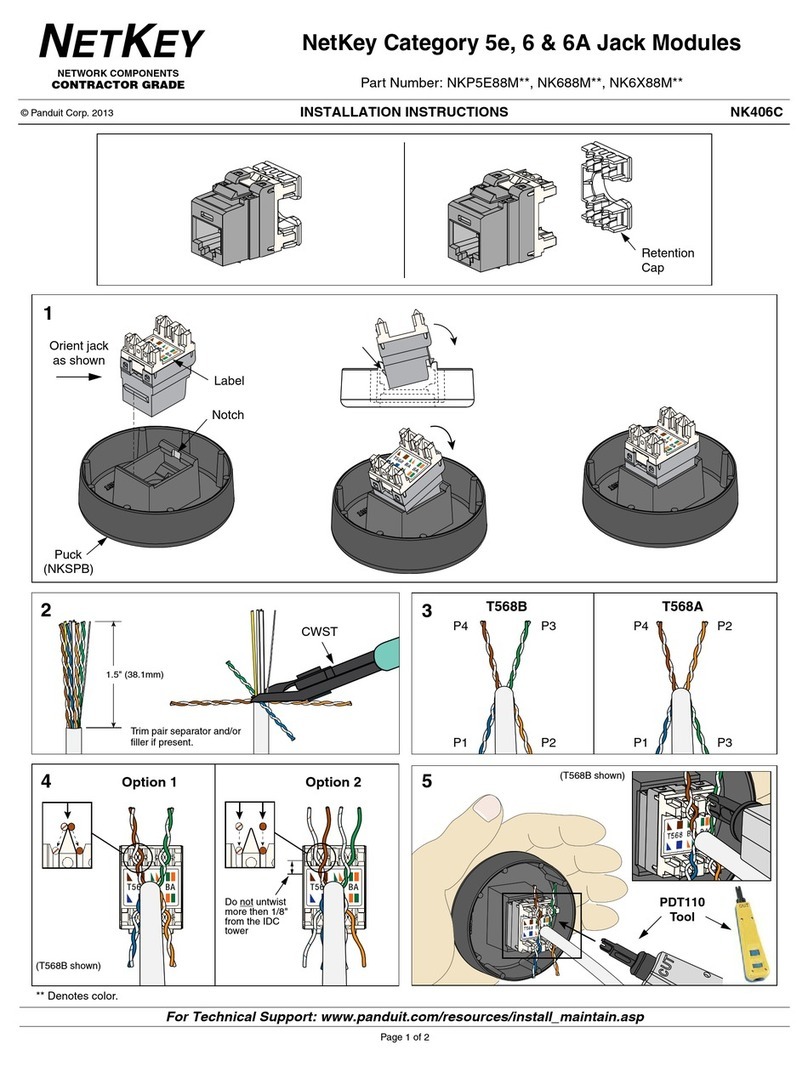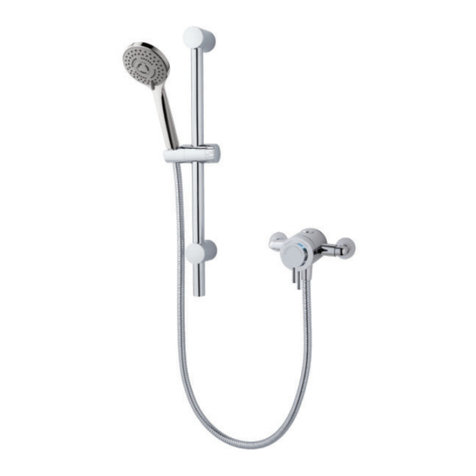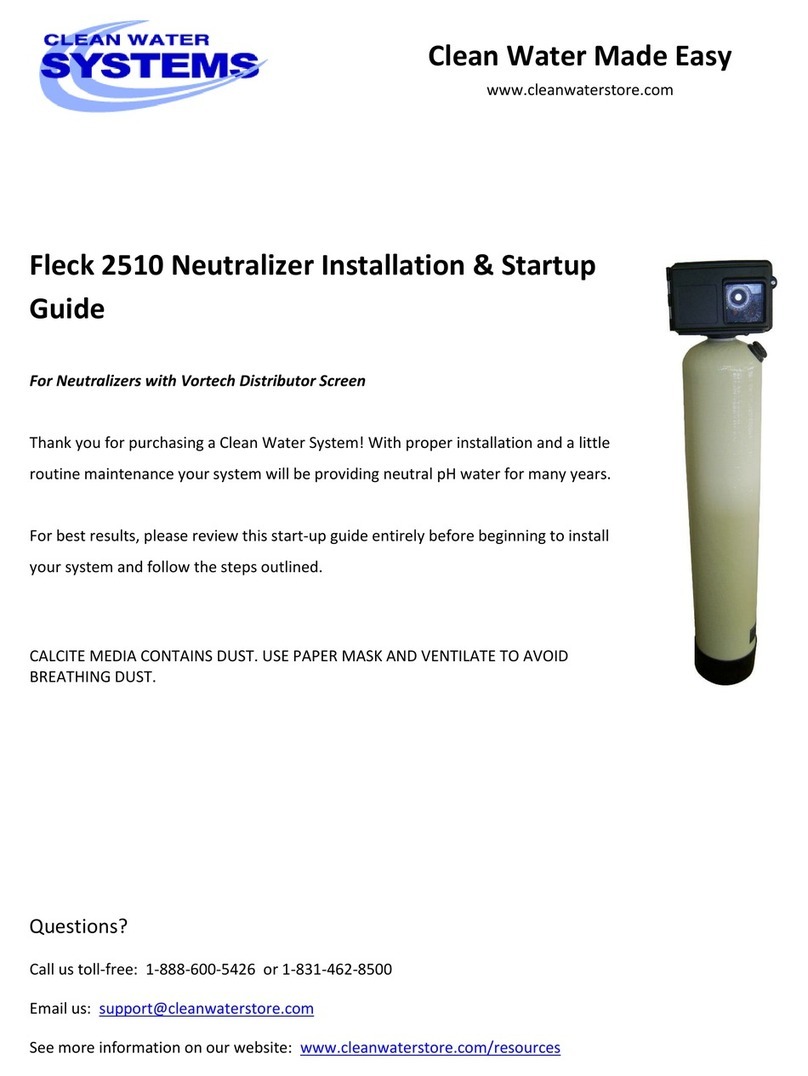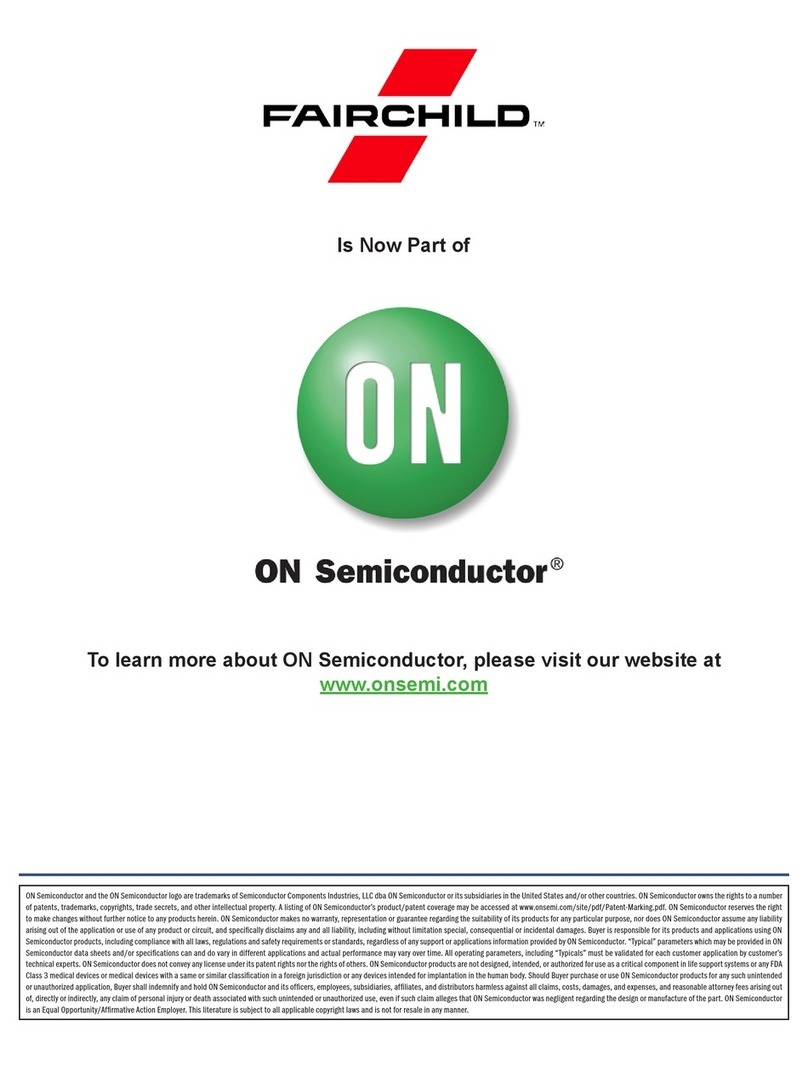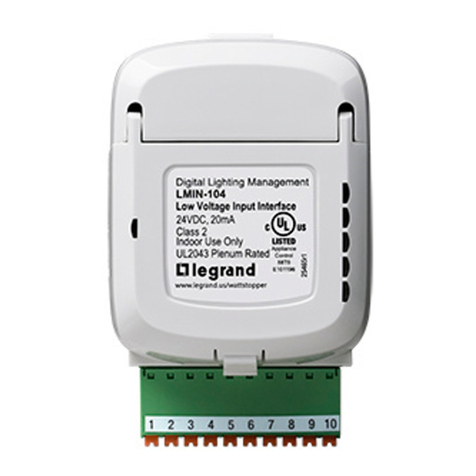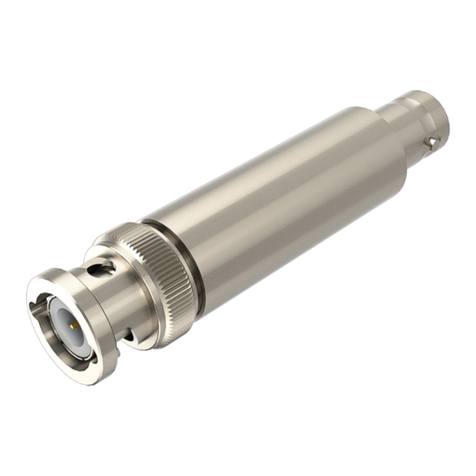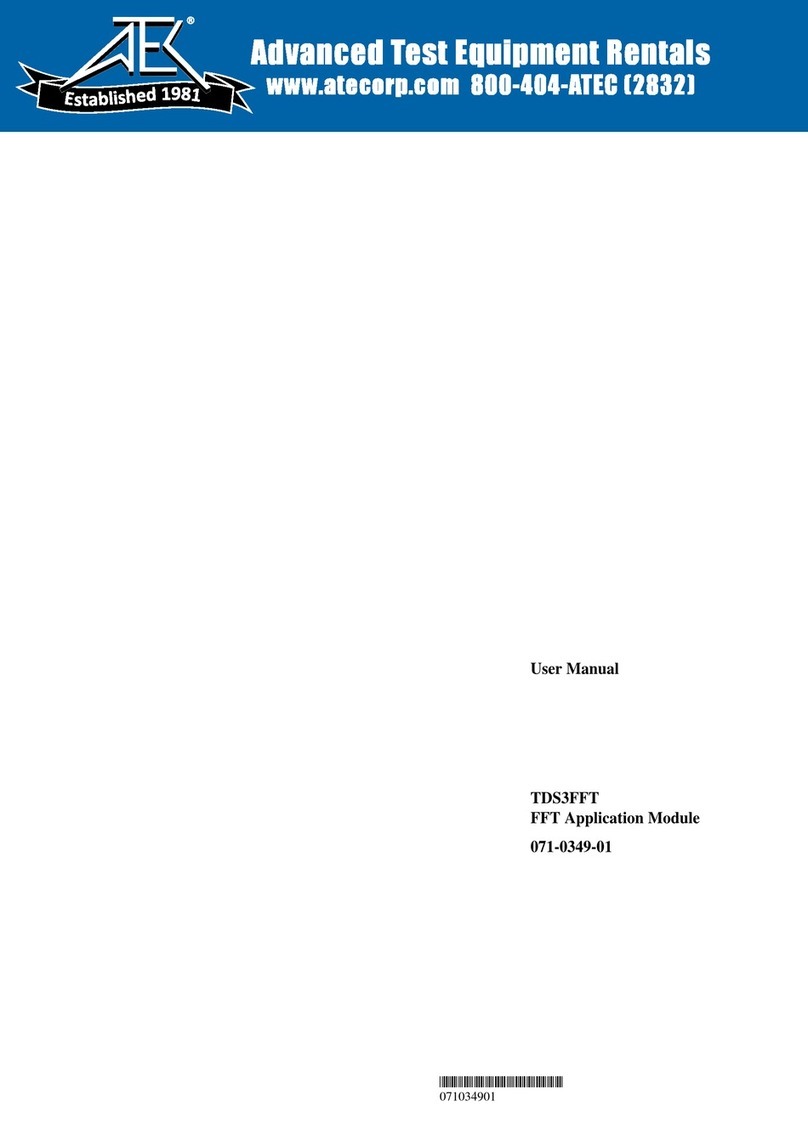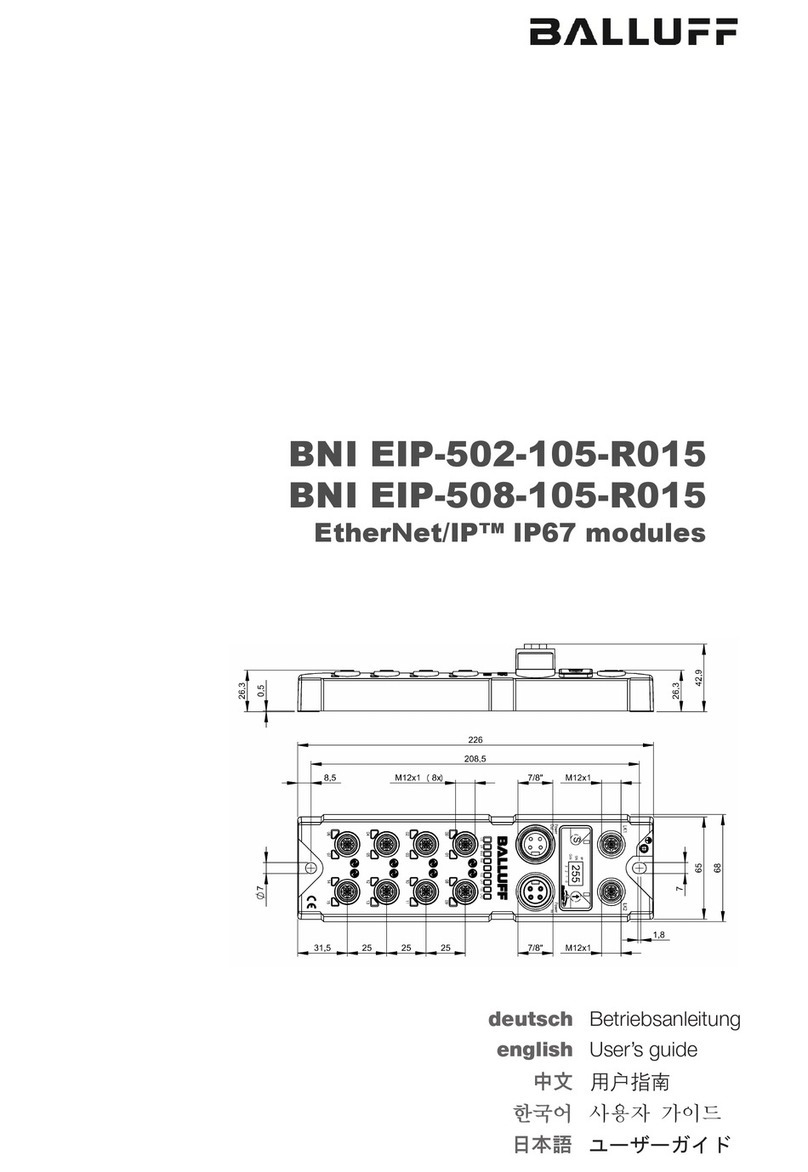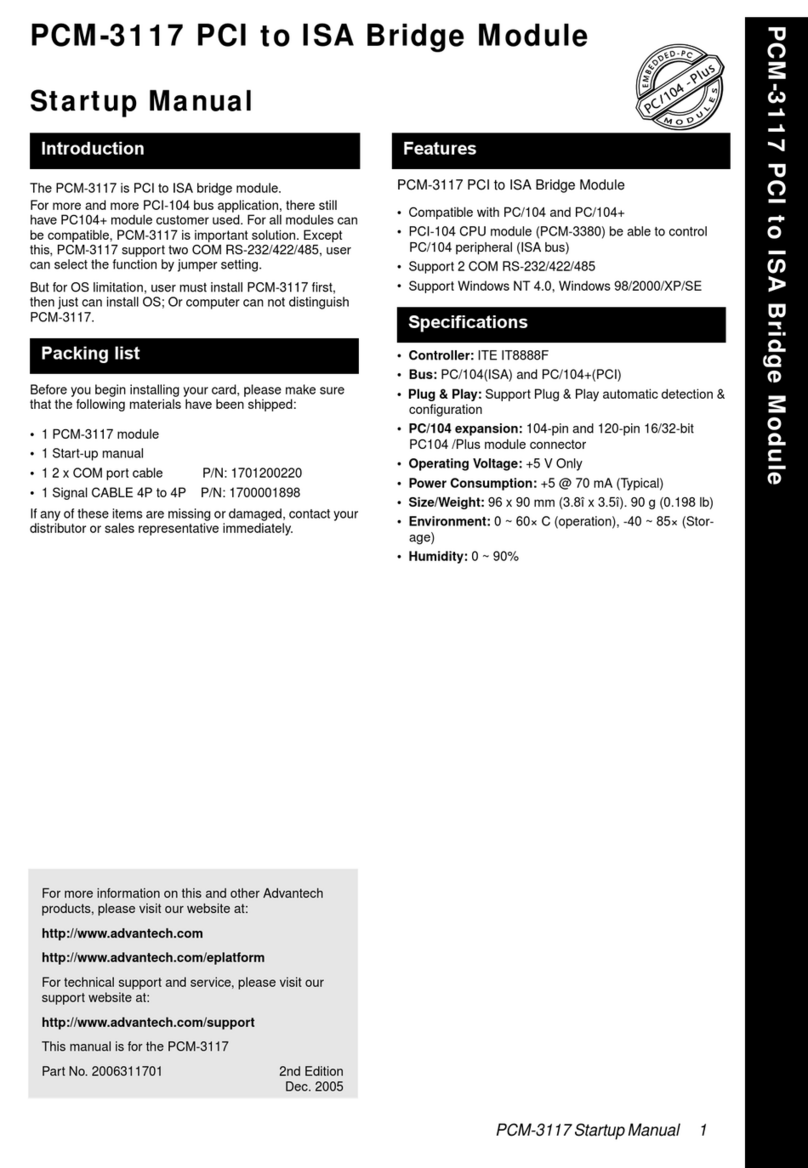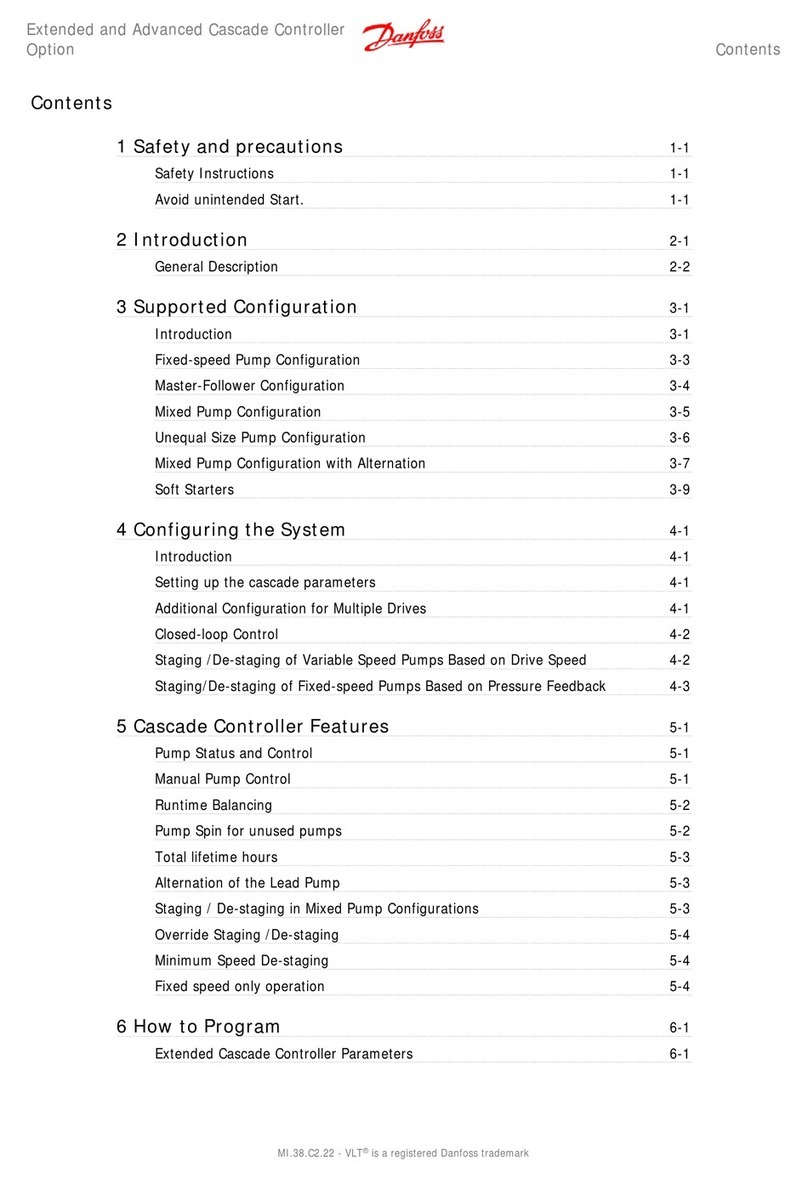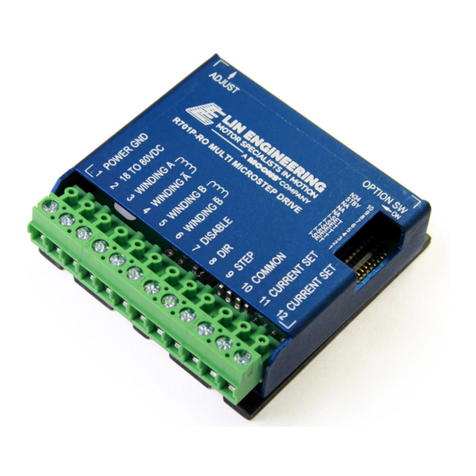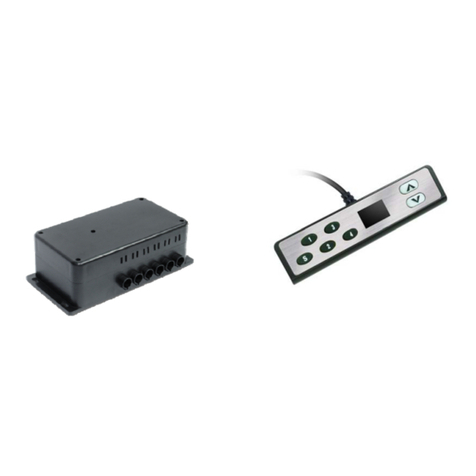
AVENTICS | RV2 | R412020036–BDL–001–AB | English 4
be injured. In addition, make sure that there is sufficient blow-
off area (approx. twice as large as the nominal size) so that no
other equipment is damaged.
WThe safety valve must be accessible for maintenance work and
must not protrude into traffic areas.
WIt is not permitted to connect any other fittings, e.g. filters or
shock absorbers, to safety valves with restricted exhaust.
WThe working pressure must be at least 5% lower than the
closing pressure or at least 15% lower than the set pressure of
the safety valve.
WSelect a safety valve such that the discharge amount is larger
than the injection flow of the supply line or the compressor.
WIf the safety valve is exposed to weather, implement
appropriate measures to protect it from snow, ice, and solid
particles. For example, roofing that does not impede the
exhaust.
WOnly qualified personnel may perform assembly and
maintenance (see "Personnel qualifications").
WUse the safety valve only for the intended application (see
"Intended use") and only under conditions specified in the
technical data and within the stipulated limits. Non-compliance
can lead to severe injury or even death.
3 Delivery contents
4 About This Product
Product description
If overpressure is generated in a pressure tank or in piping, the
safety valve discharges the operating medium until the desired
working pressure is re-established.
Product identification –type code
5 Assembly
W1x safety valve WOperating instructions
TUV. SV. xx- xxxx. xx. D/G. 0,xx. xx
TÜV symbol
Safety valve
Year of component test
Test number
Narrowest flow diameter
Code letters1)
1) D/G: intended for vapors/gases
Assigned exhaust number
Set pressure [bar]
CAUTION
Danger of injury if assembled under pressure!
Assembling when under pressure can lead to injuries and
damage to the product or system components.
OMake sure that the relevant system part is not under
pressure before you assemble the product.
OProtect the system against being switched on.
OPermissible media are exclusively non-toxic, neutral, and non-
flammable gases and vapors that can be discharged via a
restricted exhaust. Water vapor, media that contain particles,
or liquid or adhesive media are not permissible. Use of
inadmissible media can lead to hazards for the operator and
the safety valve.
OUse is permitted only under the operating conditions and
within the performance limits listed in the technical data.
OThe safety valve is only intended for industrial applications.
Intended use includes having completely read these instructions,
especially the section “Notes on Safety”.
Improper use
OUse as an overflow device, control valve, or drain valve under
constant operation is not permissible. This can cause
mechanical damage to the valve seat (e.g. due to the sealing
cone digging into the gasket), so that the response tolerance
can no longer be maintained.
OPermanent blow-off is not permissible as this can cause
vibration. This could also lead to mechanical damage.
Personnel qualifications
All tasks associated with the products require basic mechanical,
pneumatic and electrical knowledge, as well as knowledge of the
respective technical terms. In order to ensure operational safety,
these tasks may only be carried out by qualified personnel or an
instructed person under the direction of qualified personnel.
Qualified personnel are those who can recognize possible hazards
and institute the appropriate safety measures, due to their
professional training, knowledge, and experience, as well as their
understanding of the relevant conditions pertaining to the work to
be done. Qualified personnel must observe the rules relevant to the
subject area.
General safety instructions
WObserve the valid local regulations to protect the environment
in the country of use and to avoid workplace accidents.
WThe warranty will not apply if the product is incorrectly
assembled.
WThe manufacturer can accept no liability claims if these
instructions are not complied with; the warranty for appliances
and accessory parts will no longer apply.
WAny disassembly of the safety valve is prohibited.
WThe safety valve is sealed according to Directive 97/23/EC, and
is therefore secured against readjustment. It is not possible to
make readjustments in the venting screw without damaging
the sealing cap. Loosening or damaging the sealing cap
terminates liability.
WMechanical changes, such as opening the safety valve or
changing the set pressure, can only be implemented in the
manufacturer's facility or by authorized institutions.
WDo not place any deflection, torsion, or impact loads on the
safety valve.
WOnly use AVENTICS products that are in perfect working order.
WExamine the product for obvious defects, such as cracks in the
housing or missing screws, caps, or seals.
WDo not modify or convert the product.
WProduct warnings and information must be legible, i.e. not
covered by paint, etc.
Safety instructions related to the product
and technology
WDue to the often large discharge amounts, install the safety
valve with restricted exhaust at a point where no personnel can
